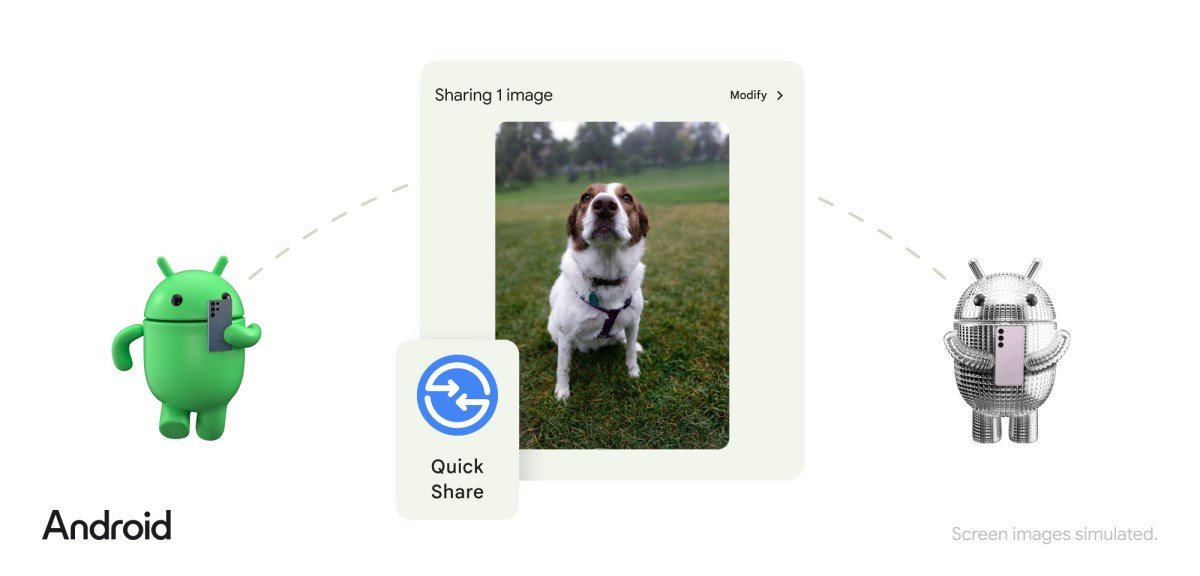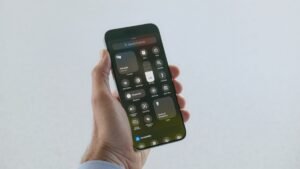At CES, the annual consumer electronics show, Google made an exciting announcement today regarding their collaboration with Samsung. The two technology giants have joined forces to create a more efficient way to share content across their respective Android devices. This collaboration is aptly named Quick Share.
In 2020, Google introduced Nearby Share, a feature that allowed users to easily share files between devices. Similarly, Samsung has their own similar capability called Quick Share. Now, these features have been integrated to create a seamless and universal sharing experience for users.
The companies have integrated the two experiences to create “the best default, built-in-option for peer-to-peer content sharing” across all types of devices in the Android and Chromebook ecosystems.
This new and improved Quick Share feature will be available on all compatible devices, including Chromebooks. Google also announced their plans to expand Quick Share to Windows PCs as a pre-installed app in collaboration with PC manufacturers like LG.
According to a blog post from Google, the Quick Share feature will function by simply tapping on the Quick Share icon, which will display a list of available devices in the vicinity. Users will have control over their privacy settings and can choose who can discover their device and send files.
“You remain in control of your privacy, and can choose in your phone’s settings who can discover your device and send files, whether it’s everyone, only your contacts or just your own devices.”
Quick Share is set to roll out to all current Nearby Share enabled devices next month.
Google also announced some exciting updates for their Fast Pair feature, which quickly connects Bluetooth accessories to devices. This feature will now be available on Chromecast with Google TV and will expand to more Google devices later this year. Additionally, users will now be able to cast TikTok content from their phones to their Chromecast built-in devices. In the near future, users will also be able to cast live videos from TikTok to their TV screens.
Android Auto is also getting a handful of new updates. In the coming months, electric vehicles compatible with Android Auto will be able to share real-time battery information with Google Maps. This feature will first be available for the Ford Mustang Mach-E and the F-150 Lightning. In addition, users can now send trip plans from their phones directly to Google Maps on their car displays.
All of these updates showcase Google’s continued efforts to enhance the user experience and create a more seamless integration between their devices and services. With Quick Share, users can easily share content across devices, with control over their privacy settings. And with Fast Pair and Android Auto updates, connecting and sharing with devices will be even easier and more efficient.








